DEMOREST, Ga. — Photographer and conservationist Rhett Turner climbed the stairs of Piedmont University’s Mason-Scharfenstein Museum of Art to open his new exhibit, “Conserving America’s Wildlands: The Vision of Ted Turner.” A crowd of more than a hundred students, trustees, and community members filled the gallery Thursday evening to hear him speak about the photographs and the conservation legacy he shares with his father.
True to his easygoing style, Turner skipped a formal speech and invited questions instead. In his calm, measured voice, he talked about the beauty and fragility of the natural world—and the importance of preserving it.
The exhibition came to Demorest through the efforts of museum director Rebecca Brantley, Chris Kelly, and the Piedmont University staff and Friends of the Arts. University President Marshall Criser and his wife, Kimberly, opened the evening with thanks to the trustees and to Kelly, whose chance meeting with Turner set the collaboration in motion.
An evening of refinement
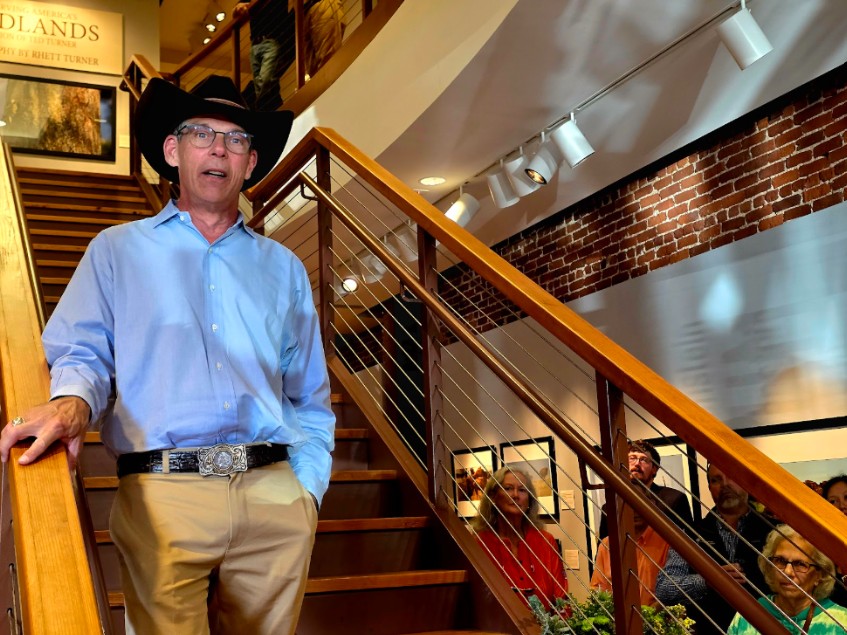
It was Brantley who introduced the evening’s guest. True to form, Turner, who appears equally at home in a city office or a gilly suit in the wild, dispensed with the usual lengthy speech and turned instead to questions from the audience. In his mild manner, he spoke at length about wildlife—its preservation, its fragility, its wonder—his words gaining energy as the crowd pressed him for more.
Guests filled the two-story gallery, dressed for an evening that felt part art opening, part celebration.
“The Rhett Turner exhibit is perhaps the most elegant soirée to expect this year,” Brantley said last month, over cafeteria food in the student commons. She was right. From the guest of honor to the mayor, city council members, and university leaders, attendees arrived in their elevated business casual best. Even students traded leggings and oversized sweaters for pastel cardigans and gold necklaces.
Among them was the sharply dressed art major Emily Serrano, who came at her professor’s urging to study the photographs firsthand. Cooper Williams, an anatomy student, arrived after hearing rumors of extra credit and photos of cute bison. She stood beside her friend, theatre major Megan Zimmerman, who said, “I am just here to hang out with friends and look at some photographs and have a good time.”
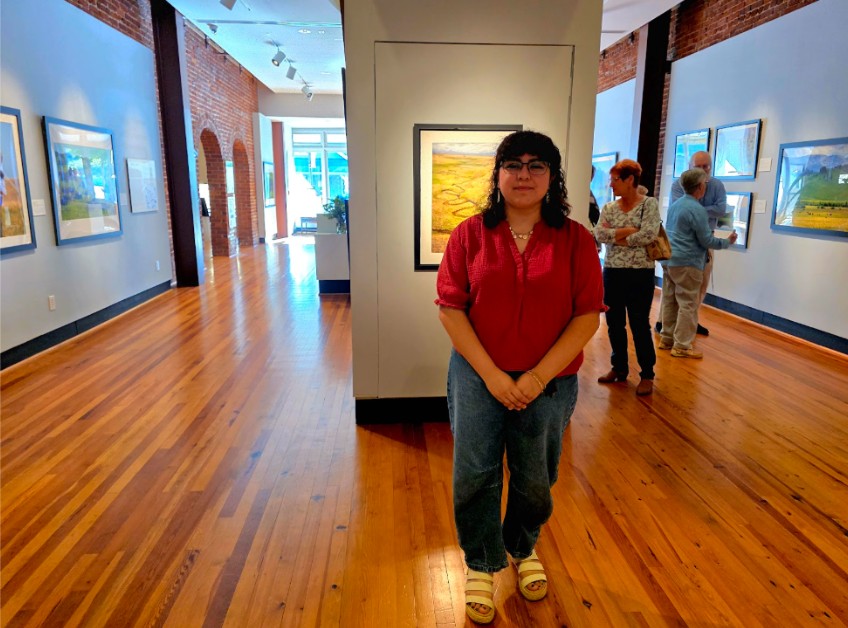
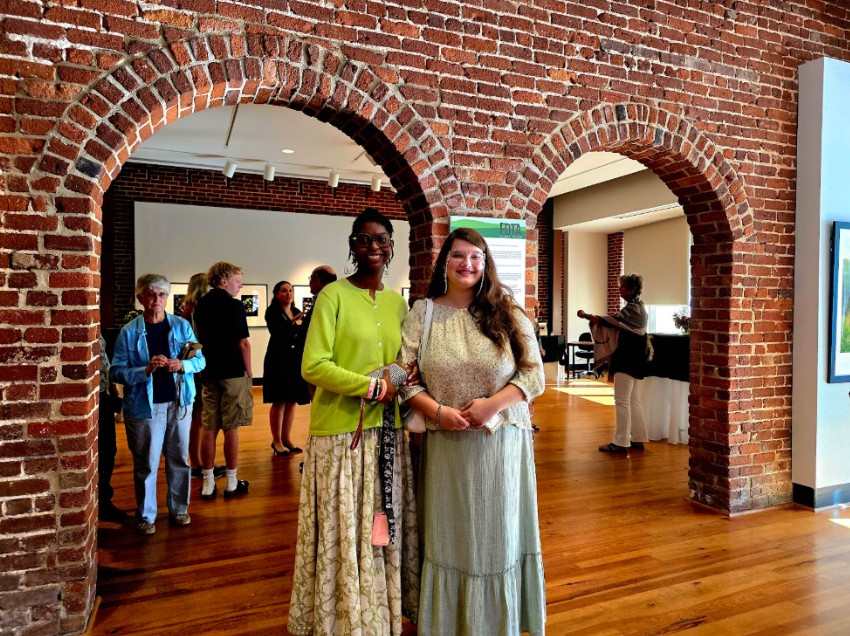
Their presence embodied Brantley’s hope: to make fine art part of student life.
Piedmont University President Marshall Criser and his wife, Kimberly, opened the evening with thanks to trustees and special recognition for Kelly. Characteristically modest, Kelly was reluctant to speak, devoting his remarks to the Friends of the Arts, Turner, and those who helped realize the show. He urged guests to join the Friends of the Arts, an organization that makes cultural experiences like this one possible for Habersham County.
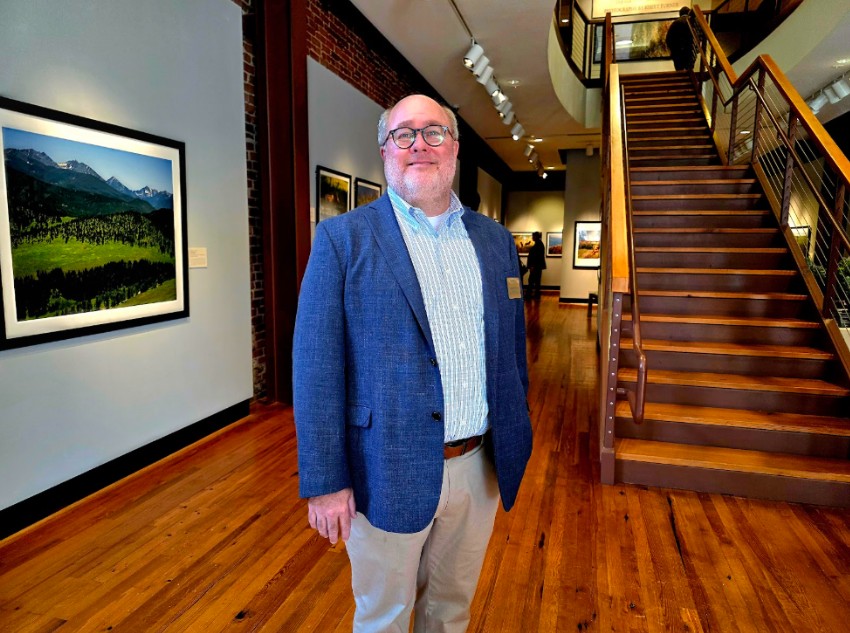
Local voices, shared landscapes
With his hands folded neatly behind him and his brow furrowed in the practiced gaze of a gallery regular, Scott Schuler, president of the Soque River Watershed Association, praised Turner’s quiet conservation work. “Mr. Turner has supported the SRWA,” he said, “and now we are supporting him.”
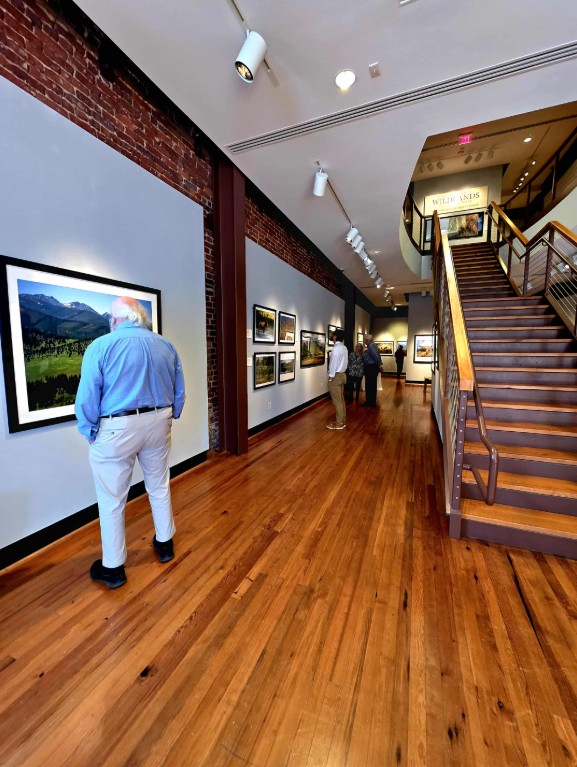
Clarkesville Mayor Barrie Aycock echoed the sentiment. “The Turner family is very important to Habersham County,” she said. “[Rhett Turner] has been an incredible supporter of our river.”
When asked how he hoped Northeast Georgians would connect with his photographs, especially those of the nearby Soque River, Turner spoke plainly. “There are amazing things in our backyard,” he said. “We just need to go out and see it. You don’t have to go far to enjoy what we have. I want people to go out to see it, but also to reflect on it if there is an exhibition.”
Upstairs at the Mason-Scharfenstein Museum of Art, visitors viewed his Soque River images, framed along the upper gallery’s clean architectural lines. His compositions revealed rivers and animals, landscapes both intimate and vast, and lots of bison. The bear he once photographed after a near-potential attack stood among them, an image of composure against the memory of chaos. Turner’s mastery lies not in what he captures, but what he keeps; good photography, he believes, begins with good editing.
The hardest question
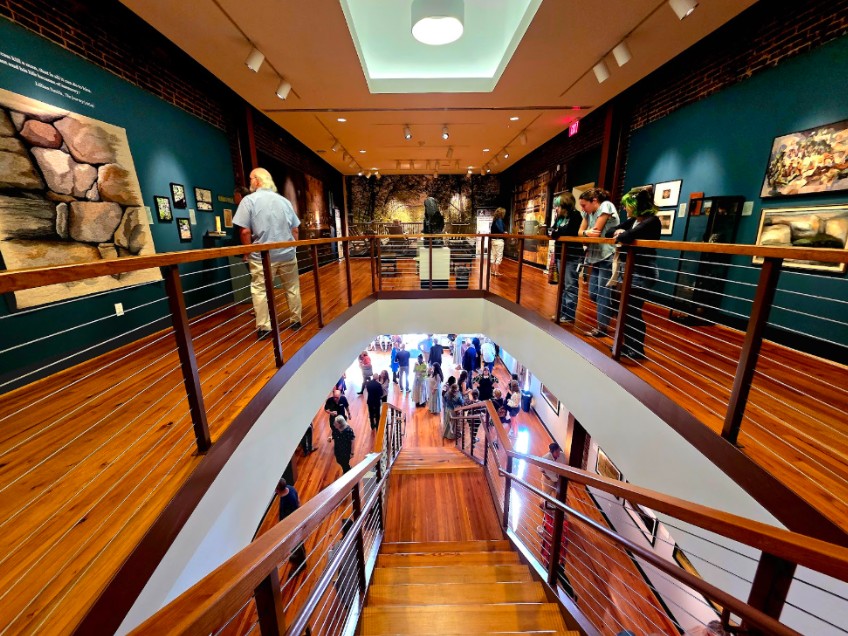
As the night drew on, conversation rose and fell; laughter bubbled like champagne in a flute between the lulls, and the gallery stance, hands clasped behind backs, brows furrowed in thought, defined the evening. Turner’s presence lingered as he signed copies of his book. In a county defined by rivers and ridges, his work asked the simplest, hardest question: whether we can love what we have enough to keep it.





